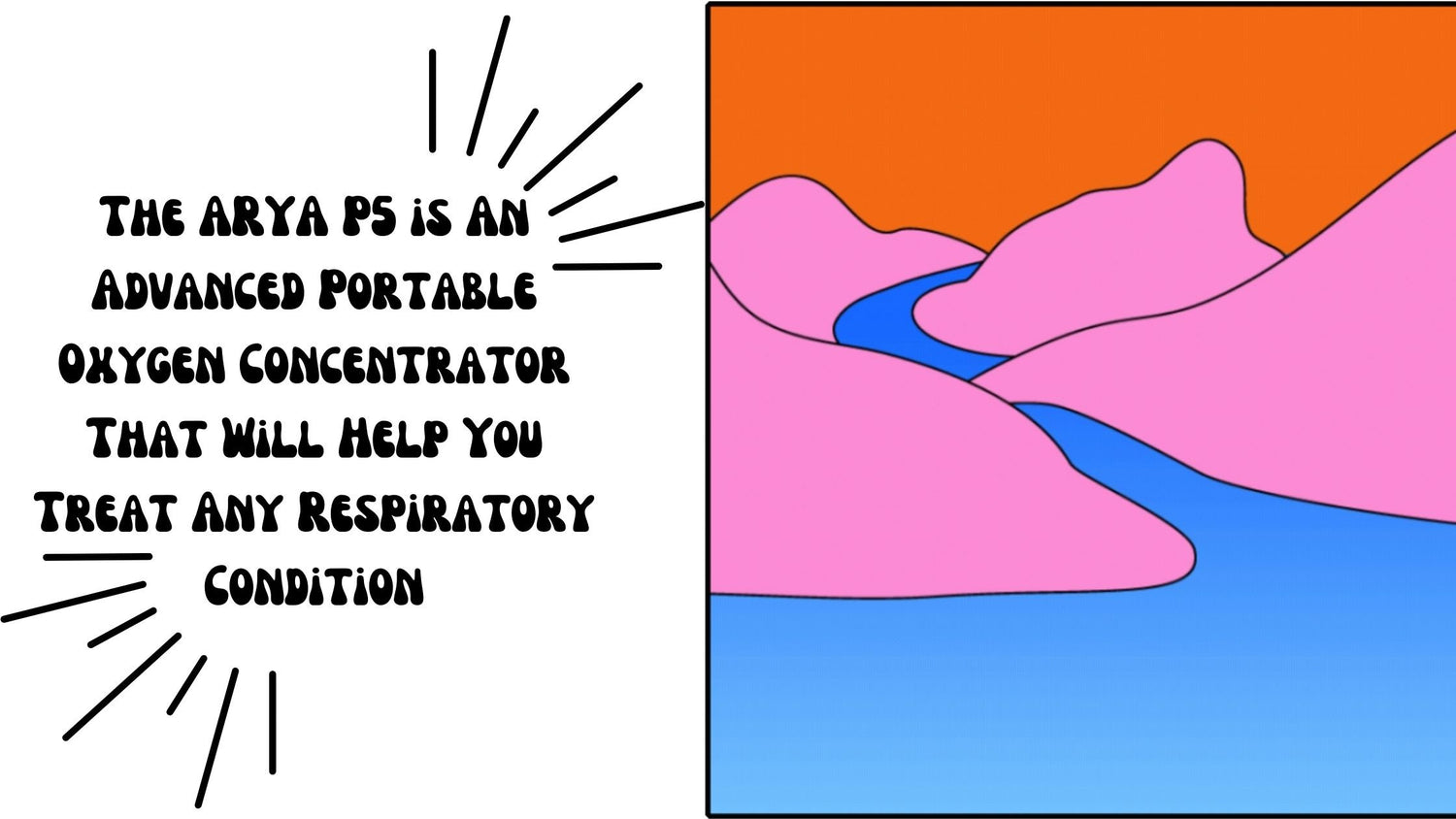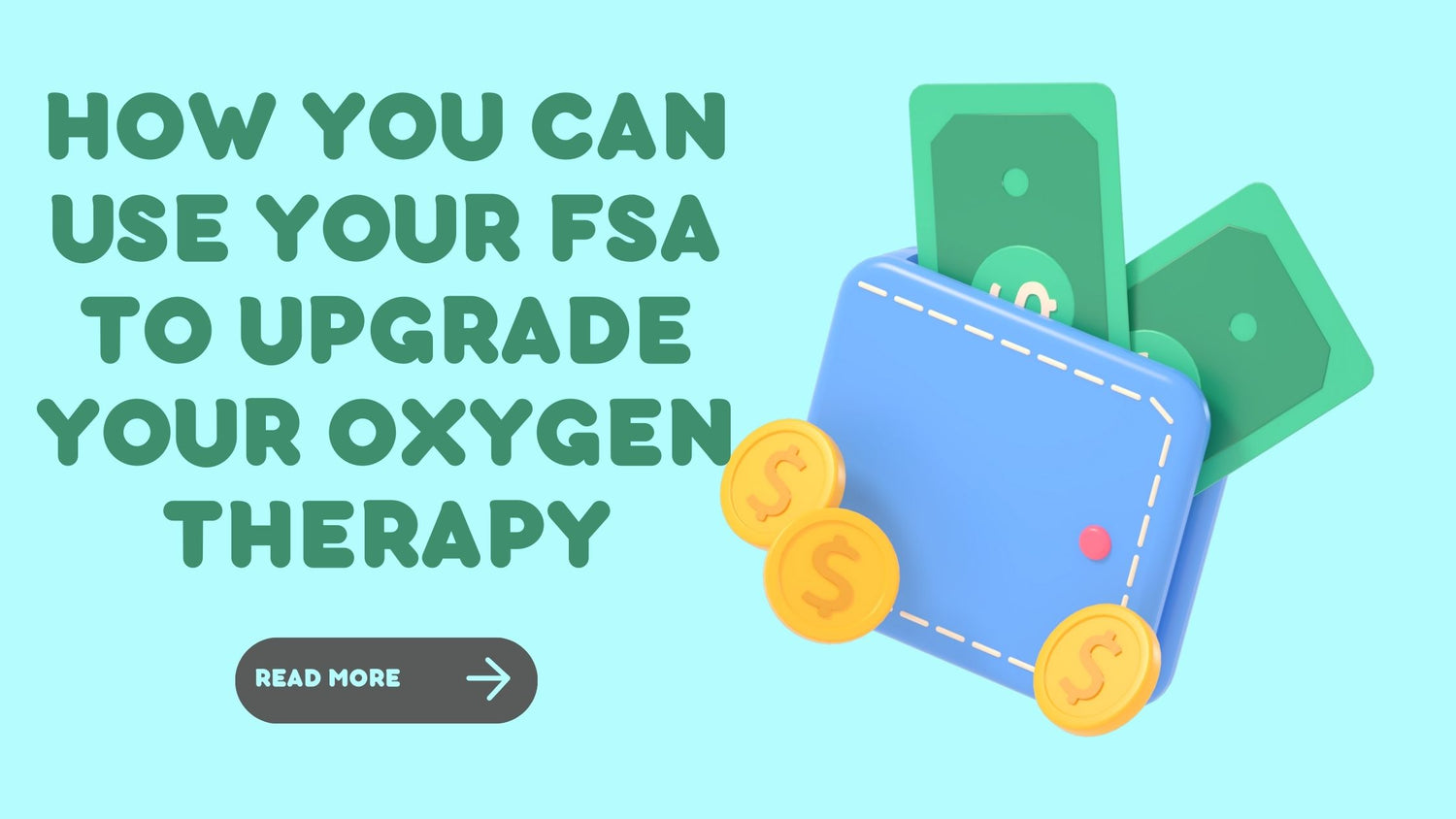Respiratory Resource Center - LPT Medical
The ARYA P5 is An Advanced Portable Oxygen Concentrator That Will Help You Treat Any Respiratory ...
Oxygen therapy has come a long way over...
Read MoreHow You Can Use Your FSA to Upgrade Your Oxygen Therapy
Flexible spending accounts (or FSA's) are a great...
Read MoreStanding Up for the Needs and Interests of People with COPD: The Vital Work of COPD Advocates
Despite the fact that COPD is the fourth...
Read More


